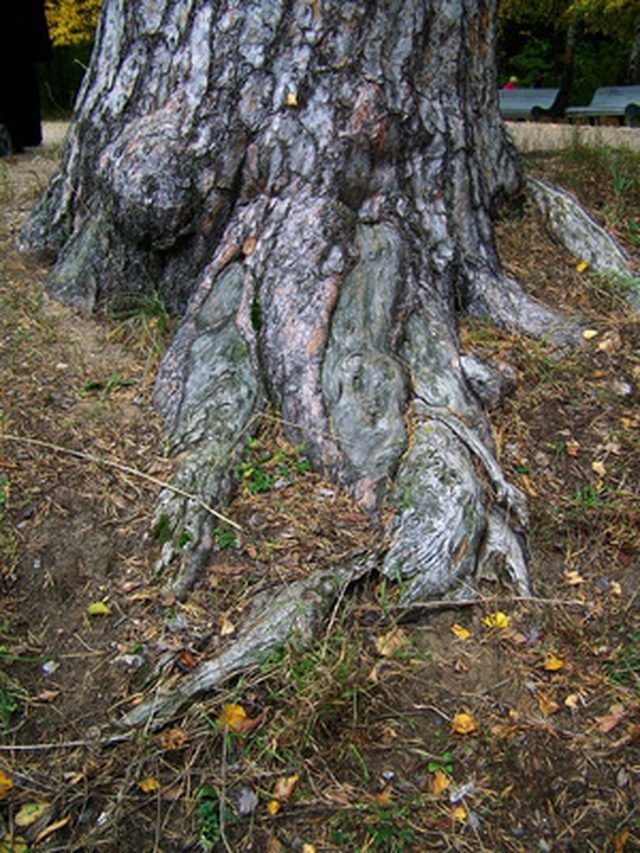Bulbs
Flower Basics
Flower Beds & Specialty Gardens
Flower Garden
Garden Furniture
Garden Gnomes
Garden Seeds
Garden Sheds
Garden Statues
Garden Tools & Supplies
Gardening Basics
Green & Organic
Groundcovers & Vines
Growing Annuals
Growing Basil
Growing Beans
Growing Berries
Growing Blueberries
Growing Cactus
Growing Corn
Growing Cotton
Growing Edibles
Growing Flowers
Growing Garlic
Growing Grapes
Growing Grass
Growing Herbs
Growing Jasmine
Growing Mint
Growing Mushrooms
Orchids
Growing Peanuts
Growing Perennials
Growing Plants
Growing Rosemary
Growing Roses
Growing Strawberries
Growing Sunflowers
Growing Thyme
Growing Tomatoes
Growing Tulips
Growing Vegetables
Herb Basics
Herb Garden
Indoor Growing
Landscaping Basics
Landscaping Patios
Landscaping Plants
Landscaping Shrubs
Landscaping Trees
Landscaping Walks & Pathways
Lawn Basics
Lawn Maintenance
Lawn Mowers
Lawn Ornaments
Lawn Planting
Lawn Tools
Outdoor Growing
Overall Landscape Planning
Pests, Weeds & Problems
Plant Basics
Rock Garden
Rose Garden
Shrubs
Soil
Specialty Gardens
Trees
Vegetable Garden
Yard Maintenance
Treatment For Ganoderma Root Rot
Treatment For Ganoderma Root Rot. Ganoderma root rot is a condition caused by Ganoderma fungus in ash, aspen, oak, honeylocust and other common landscaping trees. It often enters the root via a wound in the bark, and can weaken the tree over time. Trees suffering from root rot often fall over or break during storms and high winds. There is no...

Ganoderma root rot is a condition caused by Ganoderma fungus in ash, aspen, oak, honeylocust and other common landscaping trees. It often enters the root via a wound in the bark, and can weaken the tree over time. Trees suffering from root rot often fall over or break during storms and high winds. There is no chemical or cultural treatment available for trees infected with Ganoderma root rot, but preventative maintenance can keep it from affecting your trees.
Features
Trees infected with Ganoderma fungus often display plate-like fruiting bodies, referred to as conks. They form on the lower trunk and exposed roots, as well as in the soil above infected roots. Conks are hard and wood-like, and have reddish brown or reddish purple tops. The undersides and edges of the conks are usually light in color. Infected trees may also develop dying branches with stunted, yellowish leaves.
Causes
Ganoderma is found in the soil around many different types of trees, but usually does not cause problems. When a root or trunk area near the ground is injured, the fungus can enter the tree and cause damage. Lawnmower damage is one of the most common infection vectors for Ganoderma. Mow carefully around your trees, and avoid allowing mower blades to come into contact with exposed roots.
Prevention/Solution
Check trees regular for evidence of Ganoderma infection, especially during rainy periods. Avoid wounding your trees and reduce the effects of environmental stresses, such as drought. If possible, do not cut or damage roots during construction or landscaping efforts. Mulching around the base of trees greatly decreases their chance of lawnmower injury. Treat infected trees by assessing their structural integrity and removing them completely if they appear weak.
Considerations
Removal of Ganoderma-infected trees may be difficult and costly, especially for larger trees. It's important to assess the possible damage of leaving the tree in place. Larger roots may act as avenues to spread the disease to new hosts, and seriously damaged trees can cause significant property damage if they fall in a storm. Infected trees located near roads, paths, or structures should be removed immediately.
Warning
Even after the infected tree has been removed, Ganoderma fungus remains active in the soil. Do not plant new seedlings in the immediate area, and take extra care to prevent wounds and stress on neighboring trees. Prune only in winter or late spring, when the fungus is dormant and the tree will have time to recover, but avoid commercial tree wound dressings, which still allow fungus to enter.